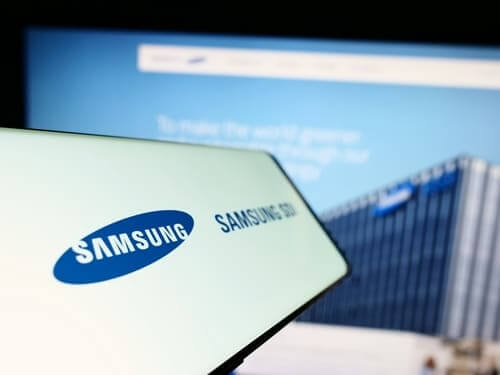South Korean tech giant Samsung Electronics Co. Ltd. announced plans to keep slashing output to reduce chip oversupply and expects to see a rebound in the semiconductor market in 2024.
The company sees demand for DRAM chips, such as high bandwidth memory (HBM), strengthening next year due to the rapid increase of on-device AI capabilities.
The world’s largest chip and smartphone maker is participating in the AI memory chip race, with rival SK Hynix Inc. being one of the major contenders who is leading in HBM3 chips by providing for US tech giant Nvidia Corp. Chipmakers are now attempting to build the next-gen HBM3E for next year.
Samsung aims to raise HBM output capacity 2.5 times or more in 2024 compared to this year.
Memory Chip Market Recovery Expected to Accelerate
Samsung has cut chip production this year to avoid being dragged by a significant decline within the industry. It has also signaled more changes in manufacturing, particularly for NAND flash memory chips, as the market bounced back.
The company is preparing for next year on expectations that high-end chips for generative artificial intelligence (AI) will have an industry-wide production and investment.
Samsung’s memory business executive vice president, Jaejune Kim, said server customers looking to buy components have been inquiring about purchases based on growing awareness that the semiconductor industry has hit bottom.
In the third quarter, the company reported a ₩3.75 trillion loss in its memory chip division. That is compared to the loss of ₩4.36 trillion posted in the second quarter.
The recovery trend in the memory market is likely to gain momentum, seeing the stabilization of inventory levels, according to Kim.
The memory chip market, currently worth $160 billion, has been struck by weaker demand for smartphones and PCs, the key products that use semiconductors from Samsung and SK Hynix.
With memory chip prices falling and chipmakers largely curbing their investments in new capacity, investors are in urgent need of signs of a rebound.
In September, South Korea’s factory output rose 1.8% on a seasonally adjusted basis, led by semiconductor manufacturing climbing 12.9% in the month. Machinery for chip production was also up 5.1% in September.
As regards NAND chips, it is uncertain whether they would recuperate as such chips are primarily used in data storage and have no relation to AI demand. Analysts, however, said continued reductions in output would help conventional memory chips bounce back more quickly.











